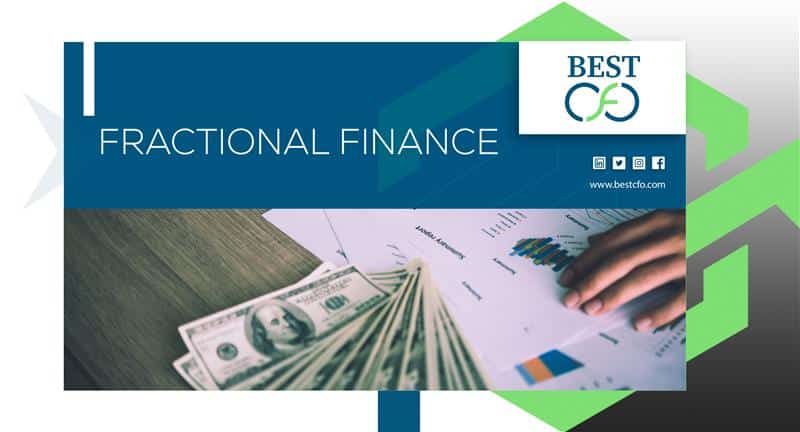
| Getting your Trinity Audio player ready... |
Already Have a Loan? How You Can Get a Second Title Loan
If you’re already juggling a title loan and need extra cash, you’re not alone. Life has a funny way of throwing financial curveballs, and sometimes one loan just isn’t enough. Maybe it’s an unexpected medical bill, home repair, or just keeping up with rising living costs. In situations like these, some borrowers consider getting a second title loan.
In this blog, we’ll walk you through what a second title loan is, how it works, and how to decide if it’s the right choice for you. We’ll also explore the risks, alternatives, and smart ways to manage multiple loans. Let’s get into it.
What Is a Second Title Loan?
A second title loan is a type of loan where you borrow an additional amount of money through the same vehicle you currently are carrying a loan on. This is distinct from refinancing, in which a new loan pays off your existing loan. It is also distinct from loan stacking, in which you acquire a series of different loans all at once.
In a 2nd title loan—sometimes called a second lien loan—you’re borrowing against the leftover value (or equity) in your car. This type of funding can be risky but helpful in certain financial situations.
How Second Title Loans Work
Here’s how a second title loan typically works:
- Vehicle Equity: The lender checks how much value is left in your car after subtracting the balance of your first loan. This remaining amount is what you can borrow against.
- Lien Position: The original lender remains the first lienholder. The second lender takes the second position, which means they’ll only get paid after the first lender if you default.
- Terms: Because it’s riskier for lenders, second loans often come with higher interest rates and tighter repayment terms. However, some lenders offer flexible terms depending on your income and car value.
Pros of a Second Title Loan
A second lien loan can be a lifeline when you’re strapped for cash. Here are a few reasons why people go for them:
- Fast Cash: You can get money quickly without selling your car or going through a long loan process.
- Easier Approval: Some lenders skip credit checks, focusing on your car’s equity and your income instead.
- Better Than Payday Loans: The interest might still be high, but it’s often lower than payday or cash advance loans.
Cons of a Second Title Loan
Of course, second lien loan come with risks:
- High Interest Rates: Since this is a higher-risk loan, interest rates can be steep, increasing your total repayment.
- Repossession Risk: Miss payments and you could lose your car, which is the collateral backing both loans.
- Negative Equity: If your car’s value drops or you owe more than it’s worth, you could be left in the red.
Eligibility for a Second Title Loan
Basic Requirements
To qualify, most lenders look for:
- A clear vehicle title or a car with enough equity.
- Proof of steady income.
- A valid ID and proof of where you live.
- Your car’s insurance and registration paperwork.

Can You Get a Second Title Loan with Bad Credit?
Yes, many lenders won’t check your credit score or will only look at it lightly. What they really care about is your vehicle’s value and your ability to repay. Some private sector lenders even specialize in loans for people with low credit.
Lender Policies on Multiple Title Loans
Some lenders refuse to issue a second lien loan altogether. Others allow it but will become a secondary lienholder. You must always tell the truth about existing loans—failing to do so can be considered fraud, a serious offense under financial law.
Steps to Get a Second Title Loan
Check Your Car’s Equity
Start by checking your car’s market value and subtracting your existing loan balance. If you have at least 25%–50% equity left, you may qualify.
Find a Lender That Offers Second Title Loans
Look for lenders—online or local—who clearly state that they accept second lien loans. Compare interest rates, fees, and repayment options. This is where some knowledge of financial economics and personal finance can really help.
Submit Required Documents
Lenders usually ask for:
- Your vehicle title and loan documents.
- Proof of income (like pay stubs or bank statements).
- Insurance and registration.
Get Your Car Appraised
The lender will inspect your car’s make, model, mileage, and condition. They’ll then estimate your car’s value, which affects the amount they’re willing to lend.
Review and Sign the Loan Agreement
Go through the terms carefully:
- Check the annual percentage rate (APR).
- Know the due dates and fees for late payments.
- Confirm if the lender is taking a second lien on your vehicle.
Receive Funds
Once approved, you’ll get your cash—often on the same day. Some lenders deposit it into your bank account, while others hand you a check or cash.
Risks and Alternatives to a Second Lien Loan
Potential Risks
- Double Payments: Managing two loans at once can hurt your monthly budget.
- Repossession: Defaulting on either loan could lead to losing your car.
- Debt Cycle: Taking on multiple loans could spiral into bankruptcy or liquidation.
Safer Alternatives
- Personal Loans from a credit union or online lender.
- Cash advances from credit cards (these sometimes carry lower fees).
- Borrowing from friends or family.
- Taking on a side gig or selling unused items for quick money.
When a Second Title Loan Makes Sense
Sometimes, it’s the best available choice:
- Emergency medical expenses.
- Avoiding eviction or utility shut-offs.
- Paying off other high-interest debt with more favorable terms.
Tips for Managing Multiple Title Loans
Prioritize Repayments
Focus on paying off the higher-interest loan first. Set reminders or use auto-pay to avoid late fees and damage to your reputation with lenders.
Refinancing Options
You might be able to refinance both loans into one with a better interest rate or lower monthly payment. Talk to lenders offering car finance or financial services for help.
Budgeting Strategies
- Trim down extra expenses—skip daily coffee shop runs, downgrade subscriptions, etc.
- Track your income and expenses using a basic balance sheet or phone app.
Conclusion
Getting a second title loan while you’re still paying off the first one isn’t impossible—but it’s something to do with care. The risk of repossession, rising interest, and budget strain are real, but so are the benefits if you use the money wisely.
If you’re thinking about managing your money better, or if you need help making financial decisions, a team like Best CFO can help you make smart moves in a tricky financial world.
FAQs
1: Can I get a second lien loan if I still owe money on the first?
Yes, if your vehicle has enough equity and the lender allows second lien loans.
2:Will my credit score matter?
Not always. Many lenders care more about your vehicle’s value and your income.
3: What happens if I default on my second title loan?
The lender may repossess your vehicle. You could also face penalties and damage to your credit.
4: Are second lien loans legal?
Yes, but they’re regulated under state laws, contract law, and sometimes property law.
5: Is refinancing better than a second loan?
It can be—especially if you can get a lower interest rate or extend your repayment terms.
Previous Post
How to Choose the Right DCAA Certified Accounting System
Post a comment Cancel reply
Related Posts
Do I Need An Accountant As A Sole Trader?
Do I Need An Accountant As A Sole Trader? Are you a sole trader running…
Fractional Finance 101: Unlocking the Power of Micro-Investing
Fractional Finance 101: Unlocking the Power of Micro-Investing Have you ever looked at the price…
Cash or Accrual Accounting: Which One Should You Use?
Cash or Accrual Accounting: Which One Should You Use? Many businesses have a choice between…
Top Accounting System Implementer – QuickBooks & More
Top Accounting System Implementer – QuickBooks & More Choosing the right accounting software is one…
 Demos
Demos  Colors
Colors  Docs
Docs  Support
Support 














